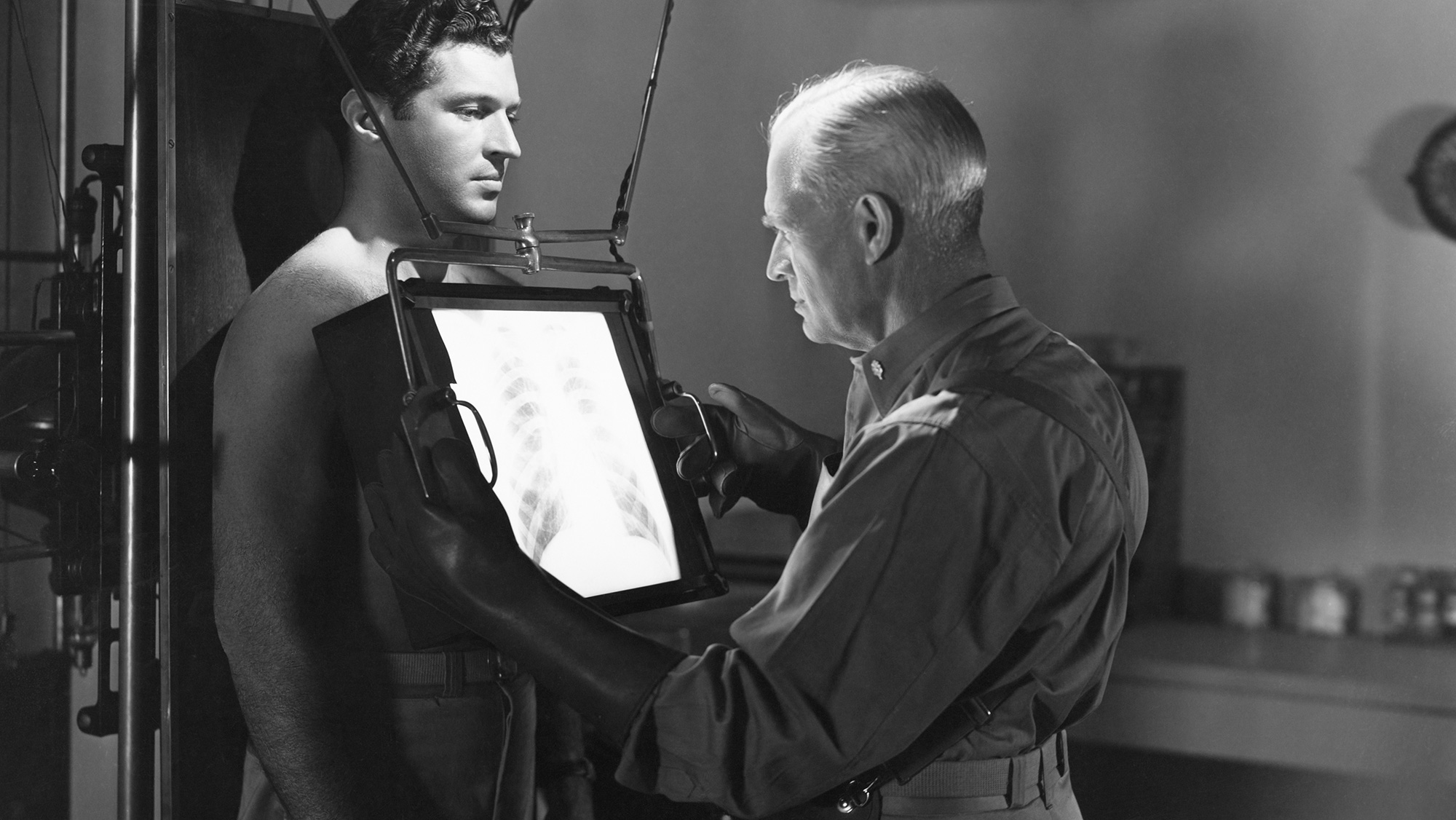i·den·ti·ty cri·sis
īˈden(t)ədē ˌkrīsis/
noun: a period of uncertainty and confusion in which a person’s sense of identity becomes insecure; a state of confusion in an institution or organization regarding its true nature or direction. (Source: https://www.merriam-webster.com/dictionary/identity%20crisis)
We aren’t a B2B company, or a B2C company… We’re a B2P company. Business to People. Companies don’t buy professional services. People do. Businesses don’t need clarity on who they are, how to stand out, and how to survive the next twelve months… People do.
We speak with business leaders every day from different verticals and different phases of growth, located all across the country. Everyone has ideas about what’s next, and what their next moves could/might/may be. Every company is experiencing their own set of troubles. Every business is fighting a different battle. They’re all looking to fix something that’s broken (inefficient, unsuccessful, confusing) by treating the most apparent symptoms.
“If the faucet is leaking, replace the faucet.”
But what if it’s not the faucet’s fault? What if it’s a problem further up the pipeline? What if a problem with the city’s water source is creating a level of pressure that the little faucet was never designed to withstand?

People come to us with broken websites, or old logos and outdated business names. Those, quite often, reveal themselves to be symptoms (leaky faucets). Should they be fixed? Yes. But until we address some of the issues upstream, it doesn’t matter how shiny and new the next faucet is… It’ll be leaking by next month.
We refuse to treat symptoms without addressing the source.
A cardiac surgeon would be cruel if she did a quadruple bypass without first having a serious conversation about her patient’s McDonald’s intake and exercise regimen.
Most of the symptoms we see come through the door are a result of something larger—something more central to the soul of the business; something less tangible but far more critical than a new website or logo or name.
Five years in, here are some of the most common signs an organization is having an identity crisis (and are ready for a total rebrand, head to toe, soul to symptom).
Posture has slumped.
Just as our vertebrae are designed to be in alignment, there are six essential areas of your business that need to be aligned. No matter how hard you try, if these don’t line up, you’re destined to build on top of a broken foundation..
1. Leadership – Is there unity in the leadership on future goals and what “success” looks like?
2. Internal Culture – Do people love working at your company?
3. Visual – Does the “face” of your organization reflect the excellence you have elsewhere in the business?
4. Voice – Are you communicating with clarity and confidence to your target audience?
5. Customer Experience – Do your customers feel known, loved and taken care of?
6. Touchpoints – Do the interactions your company has with customers accurately reflect your values?
If these six vertebrae aren’t in alignment, everyone that interacts with your company will feel it. From the large leadership board down to the smallest social media posts, there needs to be clarity, alignment and confidence. Fix that slump. Stand tall!

Multiple personality disorder.
Everything starts in the mind—the brain of the organization. If there isn’t agreement amongst the leadership about future goals, core values, where and how to spend money, and etc. There’s a high likelihood the rest of the body will struggle to stay healthy.
Anyone that’s been in leadership for more than a day knows how many threats there are to “unity of mind.” Whether it’s from success or failure, both ends of the pendulum produce threats. Significant growth in a short period of time, acquisitions, big opportunities and big deals… They can introduce all sorts of forks-in-the-road for people to diverge. Over time, people realize they’ve been aiming at separate targets entirely.
Do you ever notice that how he describes the business is different than how she describes it? Or the guys in sales always emphasize a certain value prop that isn’t central to your future goals? Maybe your customers get a different angle depending on who they talk to on the phone?
Cracks on the surface usually mean there’s a crisis at the core.
Decision making has stalled.
If you don’t know who you are, you’ll be whatever someone pays you to be. Listening to your customers, watching your industry like a hawk and making changes along the way is good leadership. It means you’re paying attention. Raising your sails and positioning yourself in the spot you believe the wind will blow is essential to growing a business.
But what if you can’t decide where to be? Or who to have on board? Or which ship to take out on the open ocean?
You’re hearing reports from other captains that the winds are great on the other side of the island. “Lots of money to be made!” You’re seeing colleagues on LinkedIn with great traction and movement in a parallel vertical… Should you jump over there? How much would that cost? What would our stakeholders think? Is it worth the risk?
Decision fatigue is real. And when there’s serious friction between future goals and present realities, decision fatigue is inevitable.
Clarity and confidence will only come from entering into an intentional process of rediscovering who you want to be.

Conclusion.
The biggest hurdle you need to clear is the admission that something isn’t quite right. People live with crippling pain and undiagnosed mental disorders for years, simply because of a fear of being diagnosed.
You need to ask yourself is, “What’s at stake?”
Division simply means having more than one vision.

Di-vision.
If you’re sailing and you’re off by a degree or two, but you’re just planning on a short jaunt, it’s no big deal. But if you’re leading a cruise ship and planning on staying in business for years to come, a few degrees can make all the difference. It can mean the difference between Australia and Antarctica. It could be the difference between exiting for millions, or dying on the vine and ending up in debt.
It’s tempting to focus on things on the periphery. The squeaky wheels tend to get the grease. But we need to stay aware of the heartbeat of our organizations… The spirit; the epicenter; the soul.
Paying attention is the first step.








